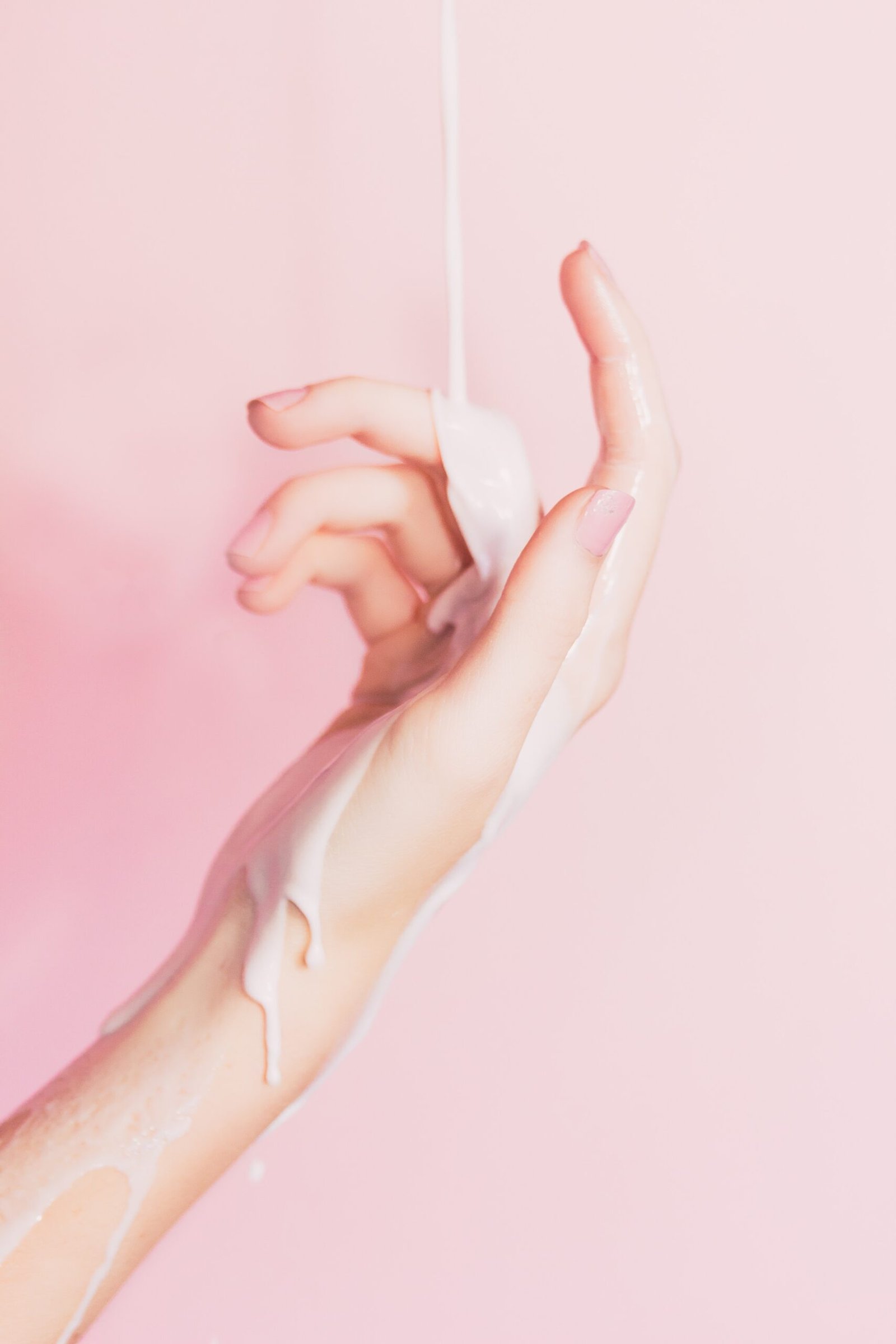The Unlikely Move: Picasso Artworks in a Women’s Restroom
The Museum of Old and New Art (MONA) in Hobart, Tasmania, has long been known for its avant-garde approach to exhibitions. However, its decision to relocate a collection of Picasso artworks to a women’s restroom has sparked significant intrigue and debate. This unusual move was catalyzed by a discrimination complaint from a male visitor, who found himself unable to access the previous exhibit location due to its placement within gender-specific spaces.
The complaint highlighted a significant issue of accessibility and inclusivity within the museum’s display strategies. In response, MONA’s administration decided to take a bold step, choosing an unconventional venue within the museum to house these masterpieces. The women’s restroom was selected not only to address the complaint but also to challenge traditional norms regarding art presentation and viewer interaction. By placing Picasso’s works in such an atypical setting, MONA aimed to provoke thought and dialogue about the boundaries of exhibition spaces and the inclusivity of art.
The museum’s choice to relocate the Picasso artworks to a women’s restroom was met with a mix of reactions from the public and critics alike. Some lauded the decision as a daring and innovative approach, aligning with MONA’s reputation for pushing the envelope. They appreciated the museum’s commitment to addressing discrimination while simultaneously creating a unique and memorable experience for visitors. Others, however, questioned the appropriateness and respectfulness of the setting, arguing that it might detract from the reverence typically afforded to Picasso’s works.
Despite the divided opinions, the move has undeniably garnered significant attention, drawing visitors eager to witness this extraordinary display. The decision underscores MONA’s ongoing commitment to challenging conventions and redefining the boundaries of art exhibition. As the debate continues, the Picasso artworks in the women’s restroom stand as a testament to the museum’s innovative spirit and dedication to fostering inclusive and thought-provoking art experiences.
Art, Accessibility, and Gender: The Broader Implications
The Museum of Old and New Art’s (MONA) decision to place a Picasso artwork in the ladies’ room has sparked considerable discussion regarding the broader implications of such an unconventional exhibit. This move challenges the traditional norms of art display, raising questions about accessibility and the role of gender-specific spaces in public institutions. By situating a renowned piece in an unexpected location, MONA compels visitors to reconsider their perceptions of where and how art should be experienced.
From an artistic standpoint, this decision prompts a reevaluation of the boundaries between public and private spaces. Typically, art is displayed in neutral, shared environments designed to be accessible to all visitors. However, MONA’s choice disrupts this convention by creating a gender-specific experience. This not only adds an element of surprise but also encourages female visitors to engage with the artwork in a more intimate setting. Nonetheless, it also raises questions about inclusivity, as male visitors are excluded from this particular experience, potentially leading to debates about fairness and accessibility.
Socially, the placement of Picasso’s work in the ladies’ room highlights the ongoing conversation about gender-specific spaces within public institutions. Traditionally, restrooms have been segregated by gender, but recent discussions about inclusivity and gender identity have challenged these norms. MONA’s decision could be seen as both reinforcing and subverting these conventions—reinforcing by maintaining gender-specific spaces, and subverting by transforming these spaces into unexpected venues for high art.
The potential impact on female visitors’ experience is multifaceted. On one hand, the exclusive access to a Picasso piece could be perceived as a privilege, a unique opportunity to engage with art in a private, less crowded environment. On the other hand, it could also be seen as a form of segregation, limiting the artwork’s audience based on gender. This balance between inclusivity and exclusivity is a delicate one, and MONA’s decision sets a complex precedent for other museums considering similar unconventional exhibits.
Ultimately, public art institutions like MONA play a crucial role in navigating and addressing gender-related issues while striving to make art accessible to all. The museum’s innovative approach prompts important conversations about the intersection of art, accessibility, and gender, encouraging both visitors and institutions to think critically about the spaces in which art is displayed and experienced.










